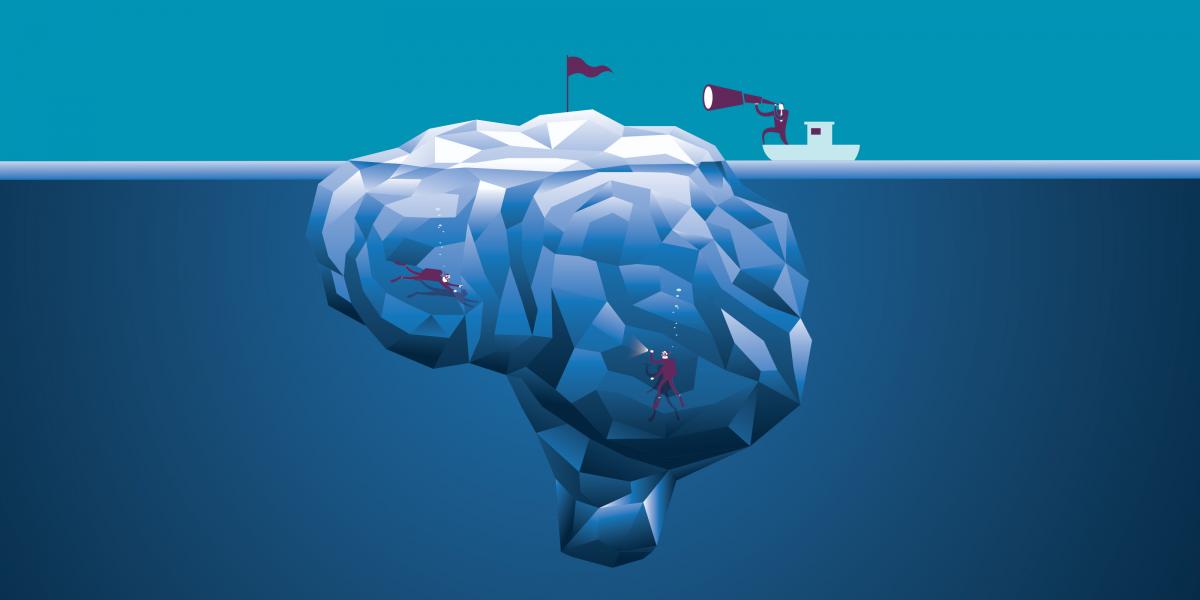Big Data Analytics of Brain Scans May Pinpoint Biomarkers
Massive brain scan databases could lead to more precise diagnoses and more effective treatments.
For the past several years, Martin Lindquist, PhD, MSc and his colleagues have gleaned big findings from relatively small studies. From fMRI scans of a few dozen study participants, he and his colleagues detected pain’s neurologic signature, traced language recovery following stroke and examined the effects of cognitive behavioral treatment on people with PTSD.
More recently, however, Lindquist, a professor in Biostatistics, has set his sights on massive databases, especially the UK Biobank. This enormous collection of biological samples and medical data, supplied by half a million donors, will enable far more ambitious projects. “I believe their imaging cohort is going to be 100,000 people,” Lindquist says. “That’s huge.”
Comparisons of brain scans at this scale could reveal shared neurological features that distinguish healthy people from those experiencing chronic pain, for example. Identifying such biological markers can allow smaller studies to answer much more targeted questions, potentially leading to smarter diagnoses and more effective treatment.
Getting there will require analytical tools that don’t yet exist. That’s where Lindquist has focused his attention: on creating streamlined computational models that can accelerate large-scale research without discarding critical information.
He’s confident about the rewards that await. “It’s a great time to be a statistician—there’s more and more data, and we have to figure out how to deal with it,” Lindquist says, noting similar big data initiatives now underway in the U.S., such as the NIH’s All of Us program, which aims to gather health information from a million or more people.
“Can this data allow us to do early predictions of when a disease might occur?” he wonders. “Things like that get me really excited.”
